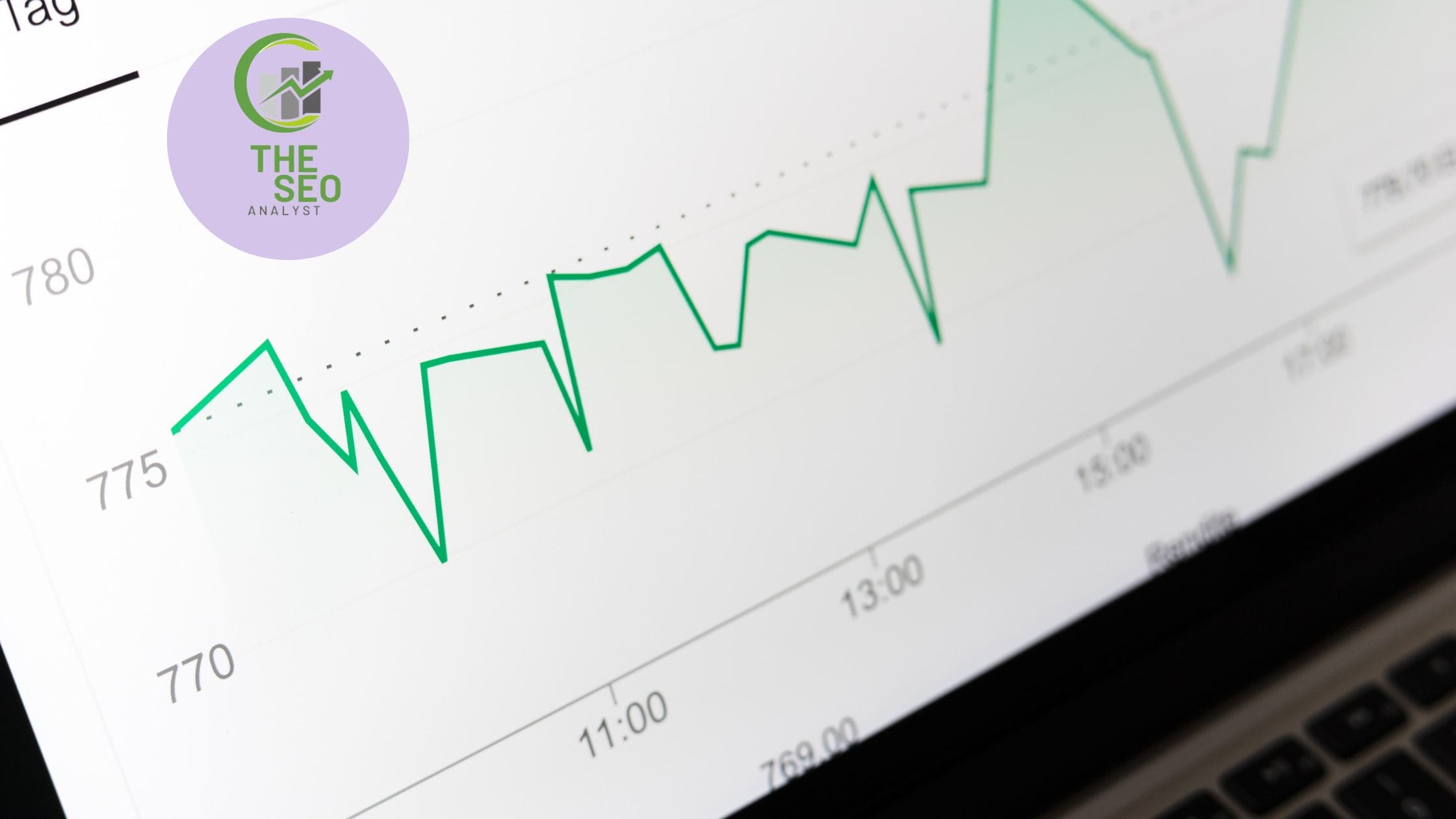Establishing a robust online presence holds immense importance for businesses and organizations in the current digital era. Search Engine Optimization (SEO) plays a significant role in ensuring that your website ranks well in search engine results and attracts organic traffic.
However, implementing SEO strategies is not a one-time task but a continuous process.
Understanding the phases of an effective SEO timeline is essential for maximizing your website’s visibility and driving long-term success.
Before delving into the details, let’s briefly understand what SEO entails and why it is crucial for your website’s success.
SEO involves various techniques and strategies to improve your website’s ranking on search engines like Google, Bing, and Yahoo. By optimizing your website, you can enhance its visibility, drive targeted traffic, and ultimately boost your business growth.
Understanding SEO
To start your SEO journey, it’s essential to grasp the importance of SEO and its impact on your website’s performance. Search engines employ intricate algorithms to evaluate the significance and caliber of web pages.
By aligning your website with these algorithms, you increase your ranking chances and attract more visitors. Effective SEO practices encompass both on-page and off-page optimization strategies.
Setting Goals
Before diving into the technical aspects of SEO, it’s crucial to set clear goals for your website.
What do you aim to achieve through SEO? Do you want to increase organic traffic, generate leads, or improve conversion rates? By identifying your objectives, you can tailor your SEO efforts accordingly.
Setting SMART goals (Specific, Measurable, Achievable, Relevant, Time-bound) allows you to track progress effectively and make data-driven decisions.
Conducting Keyword Research
Conducting keyword research lays the groundwork for a fruitful SEO campaign. It entails identifying the specific search terms and phrases your target audience employs when seeking products or services similar to what you provide.
Using keyword research tools and techniques, you can uncover valuable insights, such as search volume, competition, and user intent. This information helps you optimize your content and target keywords for maximum visibility.
SEO phases
An effective SEO timeline requires careful planning, strategic execution, and continuous monitoring. By breaking down the process into distinct phases, you can better manage your SEO efforts and optimize your website’s performance.
Let’s delve into each stage of the SEO timeline to gain a deeper understanding of their significance and impact.
Phase 1: Research and Analysis
The first phase of the SEO timeline involves research and analysis. Here, you establish clear goals and objectives for your SEO campaign. Defining what you want to achieve and outlining the key performance indicators (KPIs) to measure your progress is essential.

Additionally, conducting comprehensive keyword research allows you to identify relevant and high-value search terms to drive targeted website traffic.
Analyzing your competition helps you understand their strategies and identify opportunities to differentiate your website.
No specific time stamp can be put on this phase because it varies per industry. However, a month should be enough for most niches to get a solid action plan based off the research results.
Phase 2: On-Page Optimization
Once the research and analysis phase is complete, it’s time to focus on on-page optimization.
This phase directly improves your website’s visibility to search engines and users. Optimizing the website structure and navigation ensures that search engine crawlers can quickly discover and index your content.
Improving page loading speed is crucial for providing a positive user experience and avoiding high bounce rates. Creating high-quality and relevant content that aligns with your target keywords helps attract and engage your audience. Optimizing meta tags and headings further reinforces the relevance of your content to search engines.
Phase 3: Technical SEO
Technical SEO is the phase where you address the technical aspects of your website to enhance its performance and visibility. Fixing crawl errors ensures that search engine bots can effectively crawl and index your web pages.
Optimizing your website for mobile devices is crucial in today’s mobile-centric world, directly impacting user experience and search rankings.
Implementing structured data markup helps search engines better understand the content on your website, potentially leading to enhanced search results. Improving website security is essential to protect your website and users’ data and gain trust from search engines.
Phase 4: Off-Page Optimization
Off-page optimization focuses on activities outside your website that can influence its visibility and reputation. One crucial aspect of off-page optimization is the creation of high-quality backlinks from reputable websites. These backlinks act as “votes of confidence” for search engines, indicating the credibility and relevance of your website.
Engaging in social media promotion and online communities helps increase brand awareness, drive traffic, and build a community of loyal followers.
This phase, just like the on-page phase among others really never ends, but is rather continuous. It is however important to engage in an active link-building campaign during the first 3 to 6 months of the website going live.
Phase 5: Monitoring and Maintenance
The final phase of the SEO timeline involves continuous monitoring and maintenance. Tracking your website’s performance and rankings allows you to assess your SEO efforts’ effectiveness and identify improvement areas.
Analyzing user behavior and engagement metrics provides insights into how visitors interact with your website and helps optimize the user experience.

Making necessary adjustments and updates based on collected data ensures your website remains optimized and aligned with the evolving search engine algorithms.
Conclusion
An effective SEO timeline consists of several phases to improve your website’s visibility, attract targeted traffic, and drive long-term success.
By strategically understanding and implementing each stage, you can optimize your website’s performance and achieve your SEO goals. Stay up-to-date with the latest SEO trends and algorithms to ensure ongoing success in the ever-changing digital landscape.
FAQ
The duration of each phase varies depending on factors such as the website’s size, competition level, and the resources allocated to SEO. Generally, the research and analysis phase can take a few weeks, while on-page optimization, technical SEO, and off-page optimization can take several months. Monitoring and maintenance are continuous processes that require ongoing attention.
While skipping any phase entirely is not recommended, the intensity and focus may vary depending on your specific goals and priorities. However, paying attention to any stage may limit your SEO efforts’ effectiveness and long-term success.
Various tools are available to assist with different phases of the SEO timeline. Some popular ones include Google Analytics for tracking website performance, keyword research tools like SEMrush and Ahrefs, and SEO plugins like Yoast for on-page optimization.
Hiring an SEO professional can be beneficial, especially if you need more in-house expertise or resources. They can provide valuable insights, implement best practices, and ensure that each phase is executed effectively. However, small-scale SEO efforts can also be managed by following industry guidelines and utilizing available resources.
The timeline for seeing results from SEO efforts can vary significantly depending on several factors, including the industry’s competitiveness, the quality of optimization, and the frequency of algorithm updates. Generally, it takes several months to see noticeable improvements, but long-term success requires ongoing optimization and monitoring.

A prominent SEO and Business Analyst with 5+ years of experience helping businesses achieve growth



